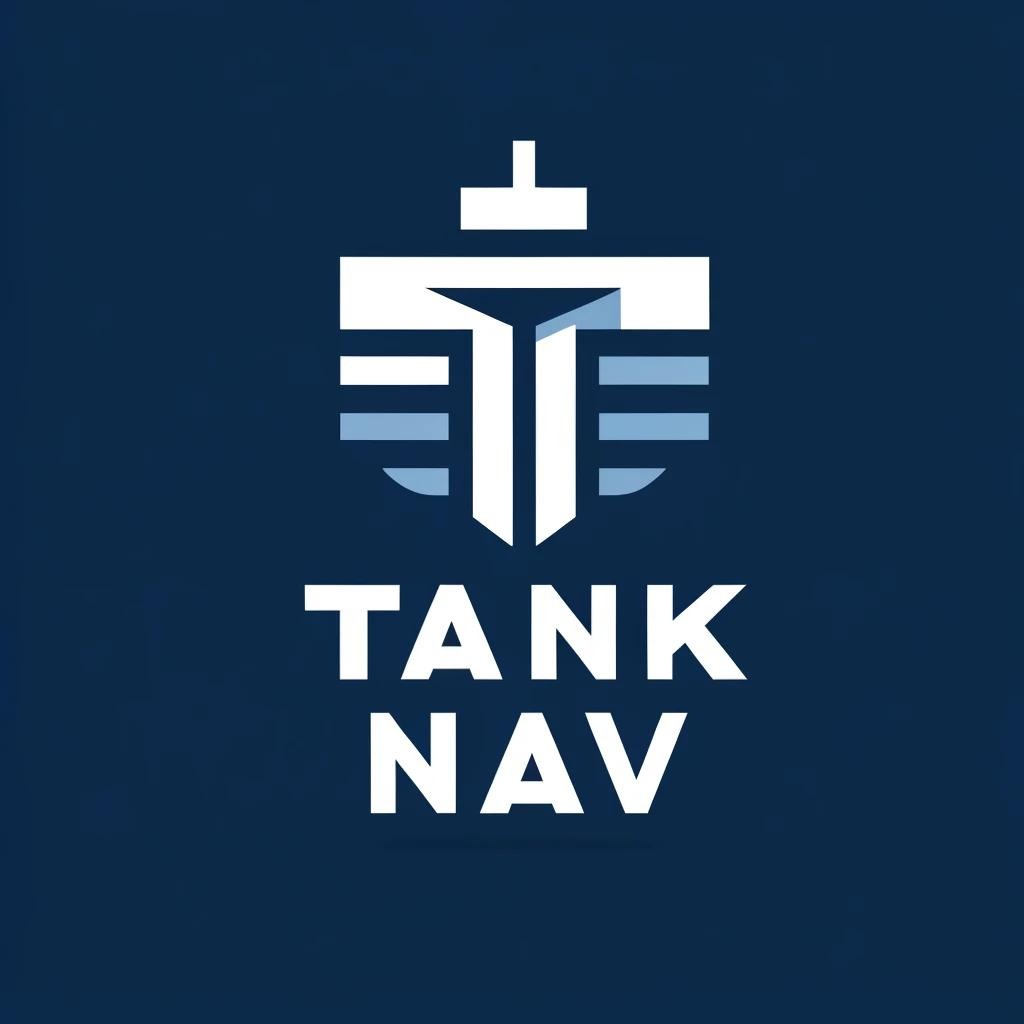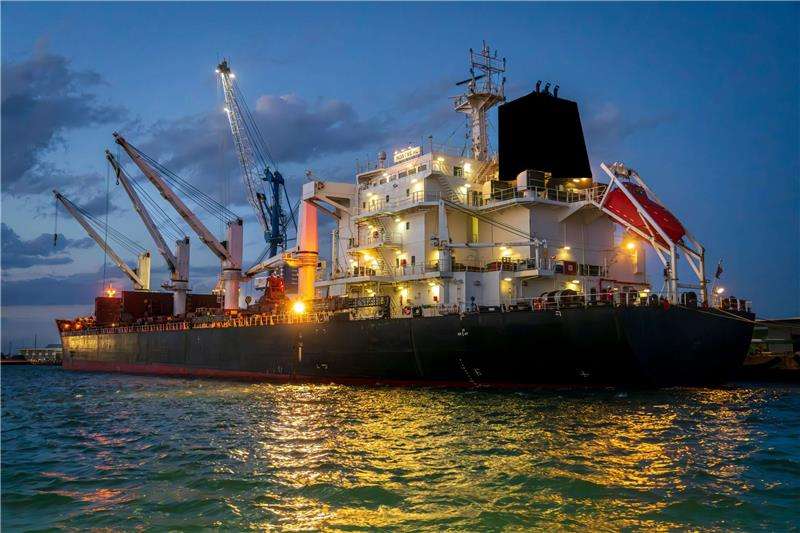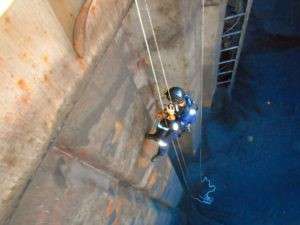What We Do
Hold Cleaning Services
What We Do
Best Quality Cargo Hold Cleaning Service
What We Do
Efficient Bulk Carrier hold Cleaning Service
TANKNAV:
The Partner You Can Trust!
Welcome to TankNav, your trusted partner for comprehensive bulk carrier hold cleaning and preparation. With a wealth of experience in the maritime industry, we are dedicated to delivering spotless, safe, and compliant cargo holds, ensuring they are ready to load your designated cargo with the highest standards of care.
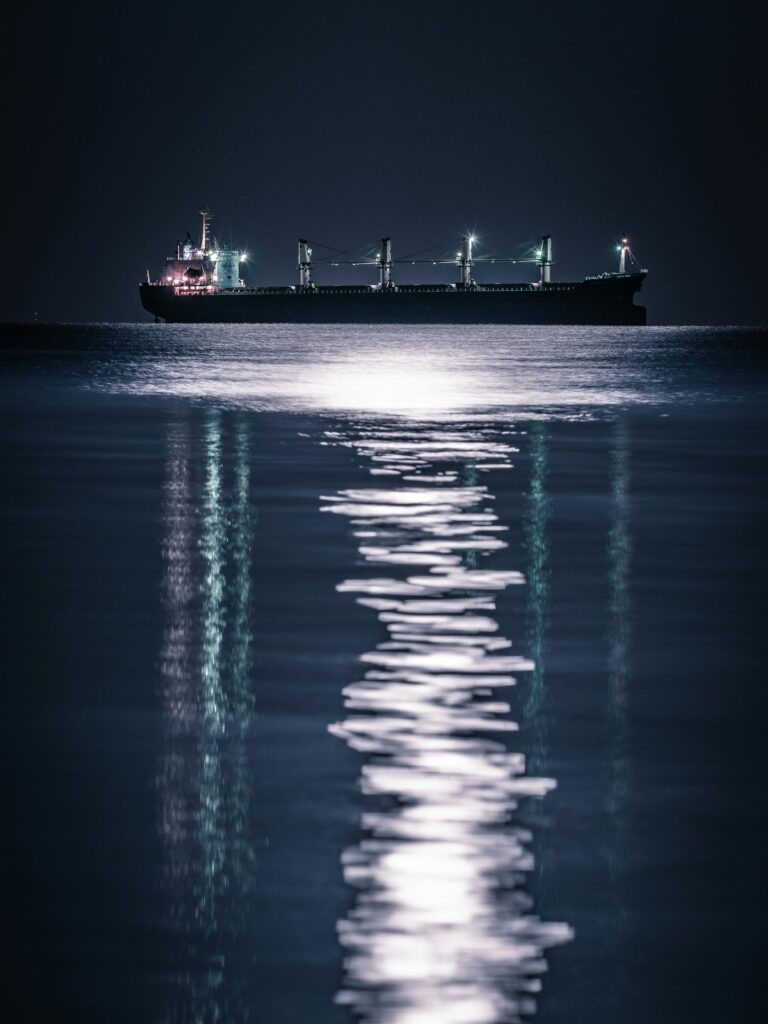
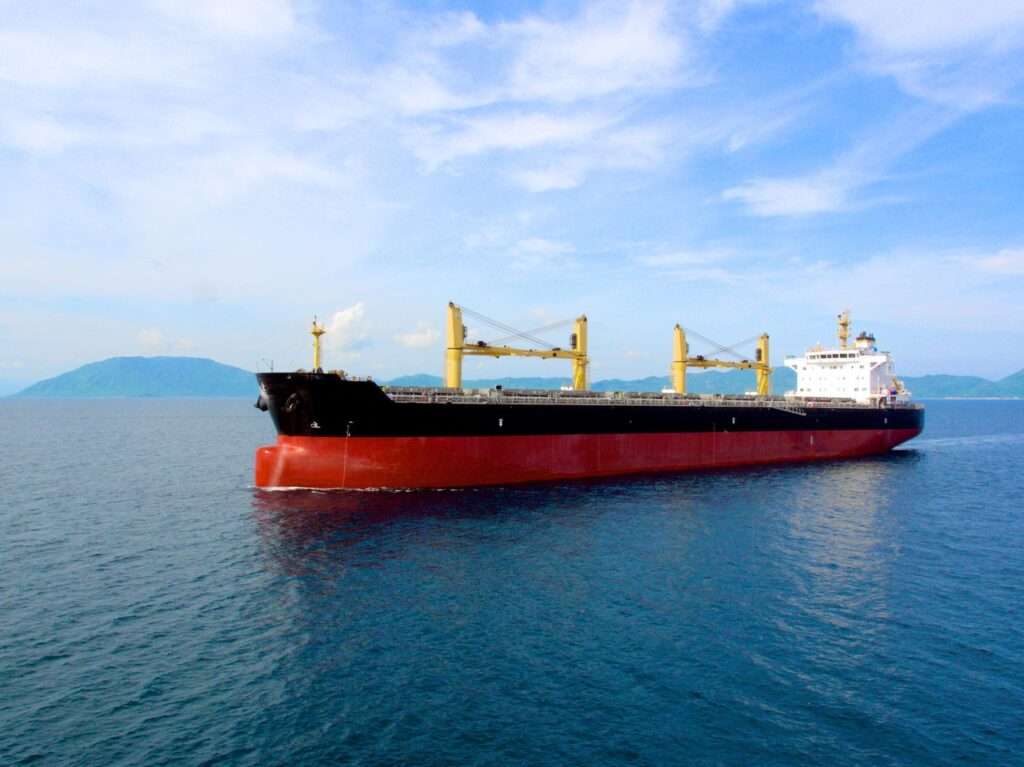
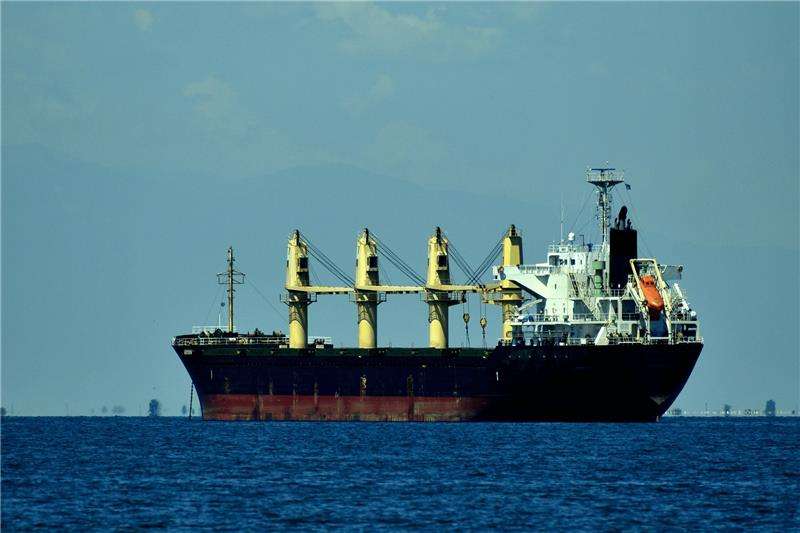
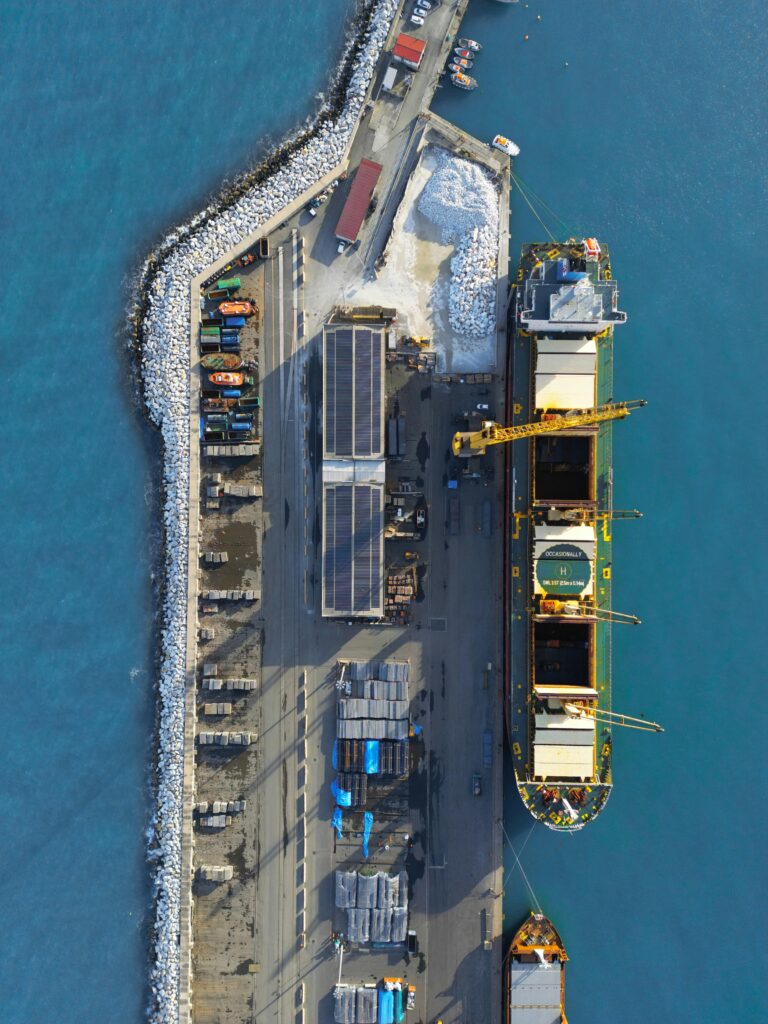
Timeline
Day -7 (Commencement): Information Gathering and Confirmation
Details to Collect: Last cargo details, upcoming cargo type, discharge port, vessel’s current location, pre-inspection prior cleaning to estimate the equipment and time required basis hold conditions.
Client Confirmation: Client confirmation in place, payment terms agreed, all necessary cleaning arrangements requested to be provided. The vessel provides information about discharge port and cargo type. This information is crucial for determining the cleaning strategy.
Day -5 (Five Days Before Cleaning Start): Initial Vessel Contact
Contact the Vessel: Discuss equipment available on the vessel and assess its capacity to support the cleaning process.
Request Photos: If possible, obtain photographs of the cargo hold after discharge to evaluate the extent of cleaning required.
Exchange of information (equipment exchange): Ensure the vessel has the required equipment and confirm any special needs or constraints for cleaning.
Day -3 (Three Days Before Cleaning): Crew Preparation
Crew Readiness: The cleaning crew is prepared with necessary tools and cleaning agents. Any specialized cleaning equipment is arranged for deployment.
Logistics: Ensure transportation, safety gear, and accommodations for the crew at the port.
Day 0 (Cleaning Day Start): Boarding the Vessel & Planning Meeting
Crew Boarding: The cleaning crew boards the vessel.
Meeting with the Chief Officer and Master: Discuss the cleaning plan and schedule, ensuring all parties are aligned.
Initial Washing Begins: Begin initial dry cleaning or chemical application high-pressure washing based on the residue type.
Day 1: Dry cleaning and saltwater wash
Dry Cleaning: Dry cleaning: Begin by sweeping and vacuuming all visible cargo residue, starting from the upper sections and working downwards to prevent cross-contamination of cleaned areas. Pay special attention to difficult areas such as angles and corners where residue can accumulate.
Sea Water Wash: Use seawater to wash off the chemical agents and remove any remaining residues.
Day 2-3: Chemical and High-Pressure Cleaning
Chemical Cleaning: Apply the necessary chemical treatment to address residues, such as oil or mineral deposits from the previous cargo.
High-Pressure Wash: Conduct thorough high-pressure water cleaning to remove stubborn residues and clean hard-to-reach areas in the hold.
Days 4: Final Cleaning & touchup
Final Wash & Inspection: Final cleaning is completed, and holds are inspected for cleanliness.
Touch-Ups: Any areas requiring additional cleaning are addressed, and the cleaning team ensures the hold is dried, especially for sensitive next cargo like grains.
Day 5: Final Check and Certification
Final Inspection: A final inspection is conducted with the Master and Chief Officer, and if required, we can arrange for the necessary surveyor to perform the inspection and issue a cleanliness certificate.
Crew Departure: The crew disembarks, and the vessel is ready for its next cargo load.
Projects
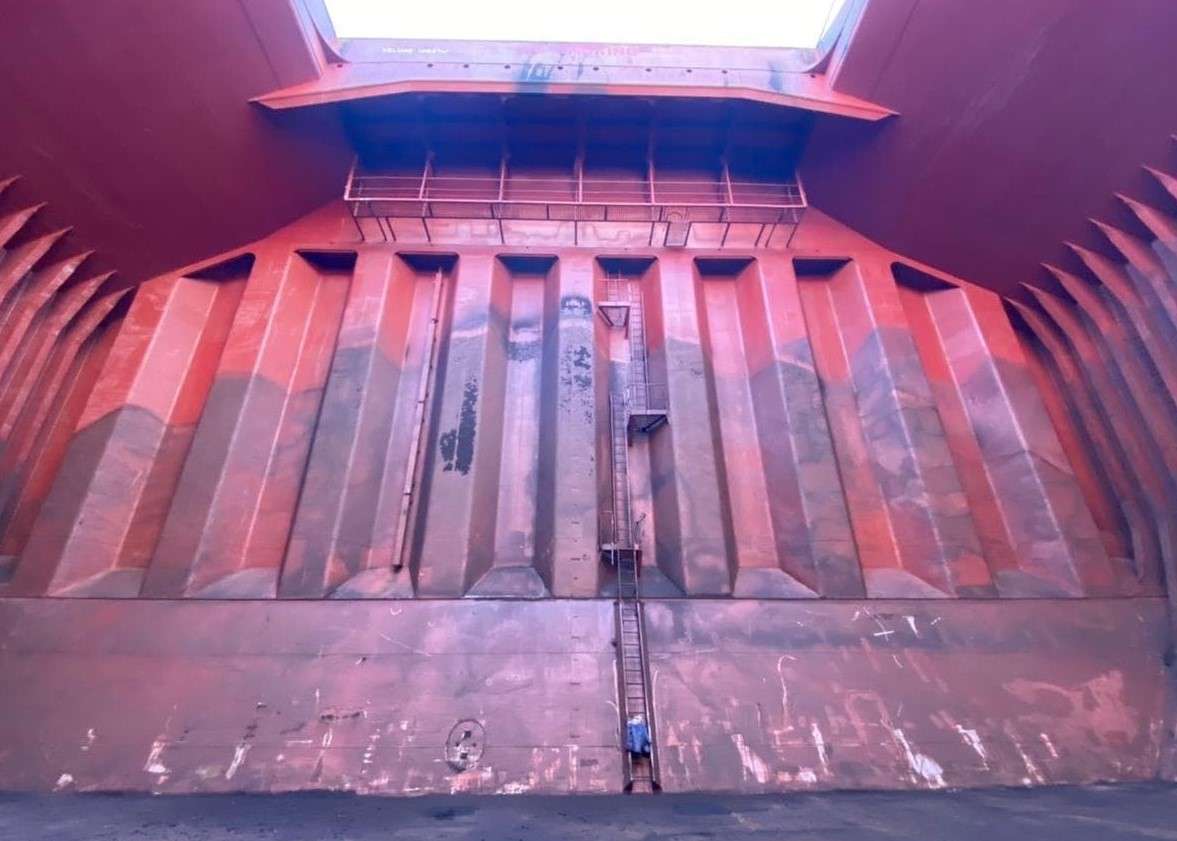
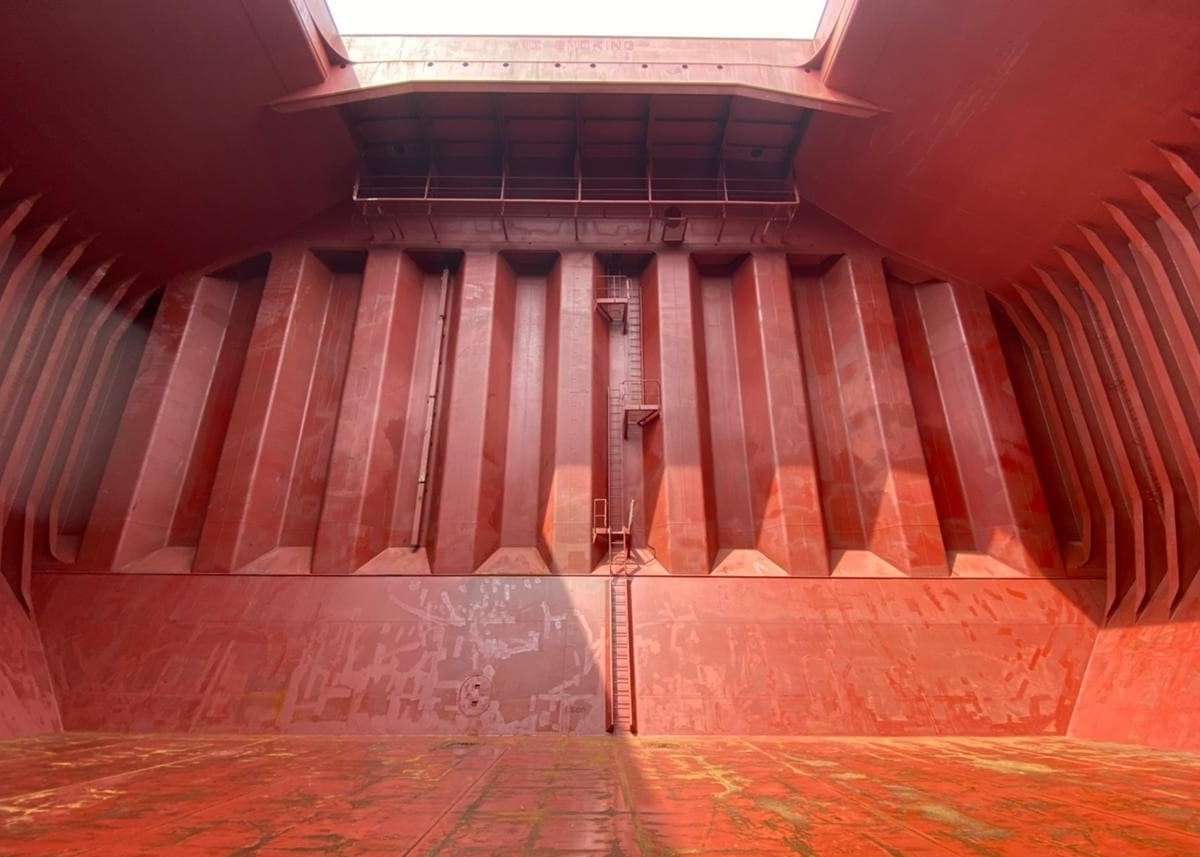
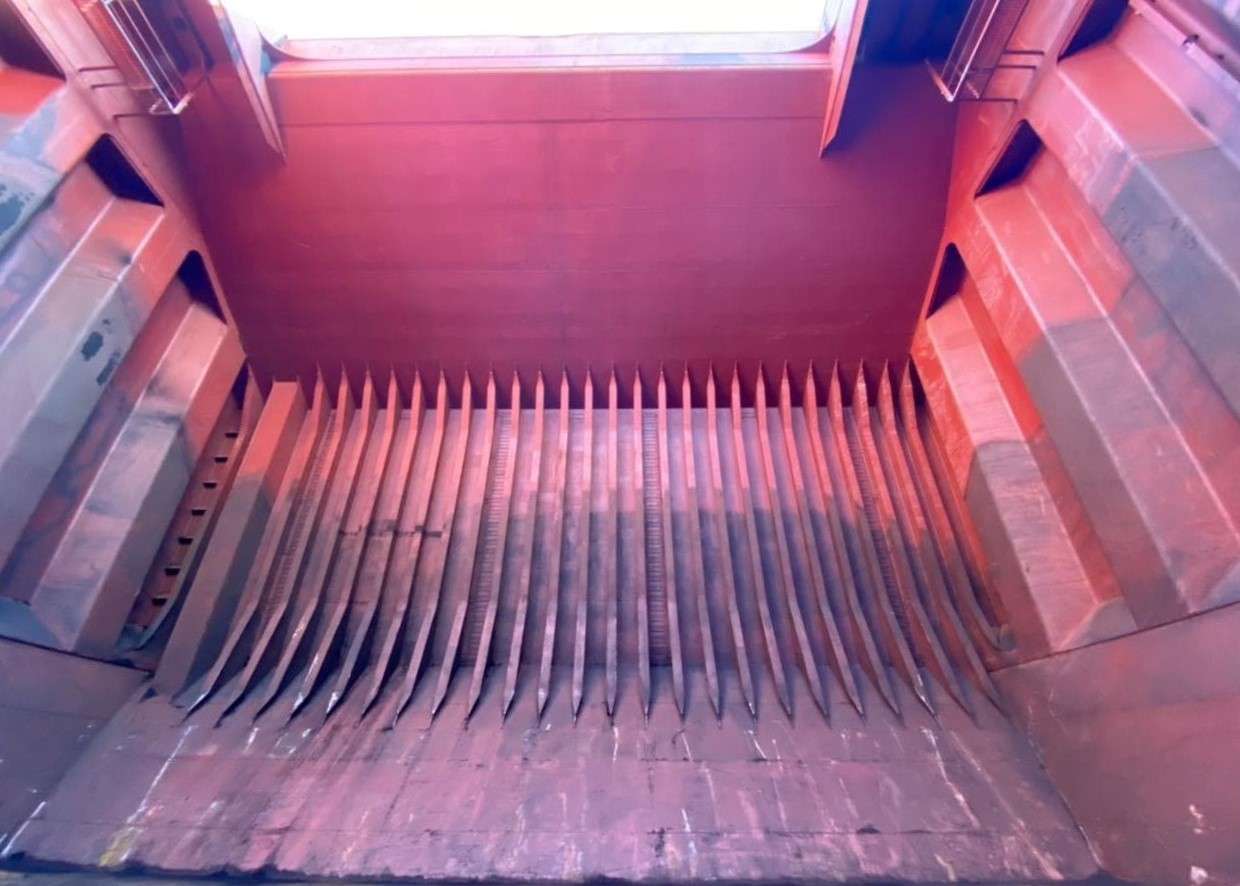
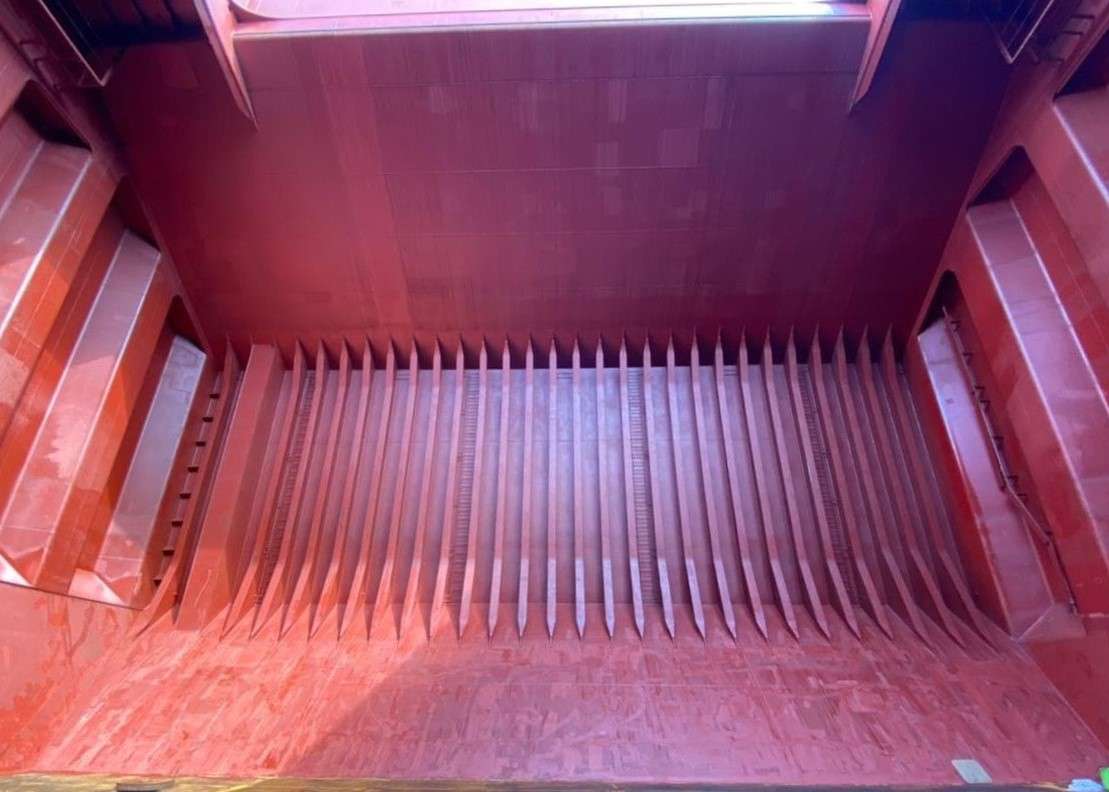
Our Rate of Achievement
“Our achievements clearly demonstrate our unwavering dedication to excellence, as we continuously strive to exceed industry standards. We pride ourselves on consistently delivering top-tier service that not only meets but surpasses client expectations, ensuring a high level of satisfaction with every interaction.”
"TankNav transformed our ship's hold in no time! Their attention to detail and commitment to quality are truly impressive. Our cargo holds have never been cleaner, and we couldn't be happier with the results."
"The hold cleaning service provided by TankNav exceeded our expectations. They were thorough, timely, and their expertise made a significant difference. Our holds are now in top condition for our next voyage!"
